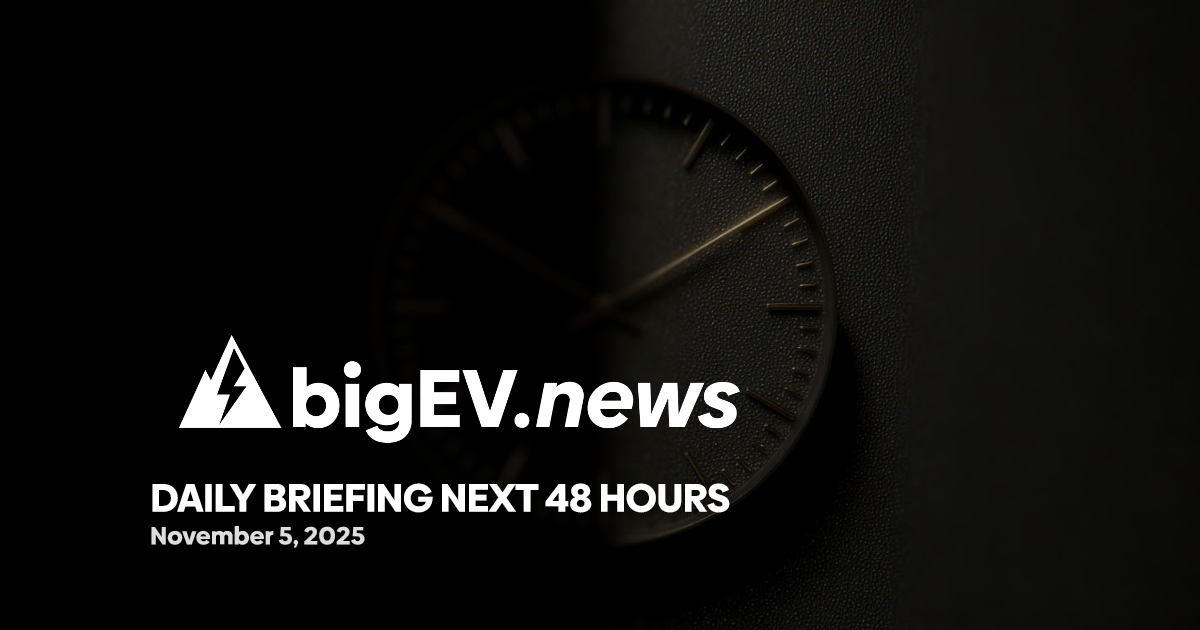The U.S. economy faces unprecedented challenges, exacerbated by former President Trump's policies, which have led to significant federal spending cuts, illegal tariffs, and a government shutdown. These actions have drained billions from an already fragile economy, pushing many workers into a state of discouragement and leaving businesses vulnerable to collapse. The agricultural sector is particularly hard-hit, with farms failing at alarming rates while Trump diverts funds to support foreign leaders whose policies mirror his own. This economic turmoil threatens not only immediate livelihoods but also long-term scientific research and public health initiatives, as funding for critical projects is halted, leaving families to make impossible choices between basic necessities like food and rent.
In response to this crisis, the concept of "Blue Bonds" emerges as a potential lifeline for states and municipalities. These bonds would allow blue states to issue debt instruments to replace funds unlawfully withheld by the federal government, enabling them to finance essential services and infrastructure projects. Unlike traditional borrowing, this approach positions state debt as a generative force, fostering economic growth and public welfare. By leveraging the Federal Reserve's capacity to support these bonds, states can circumvent the constraints of austerity and reinvigorate public spending. This strategy not only aims to restore investor confidence but also represents a fundamental shift towards a more equitable fiscal policy, prioritizing community needs over corporate interests and fostering a resilient economy capable of withstanding future challenges.









